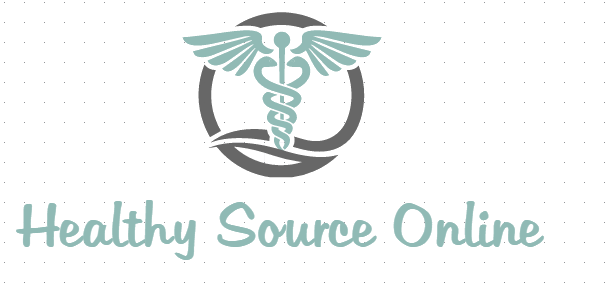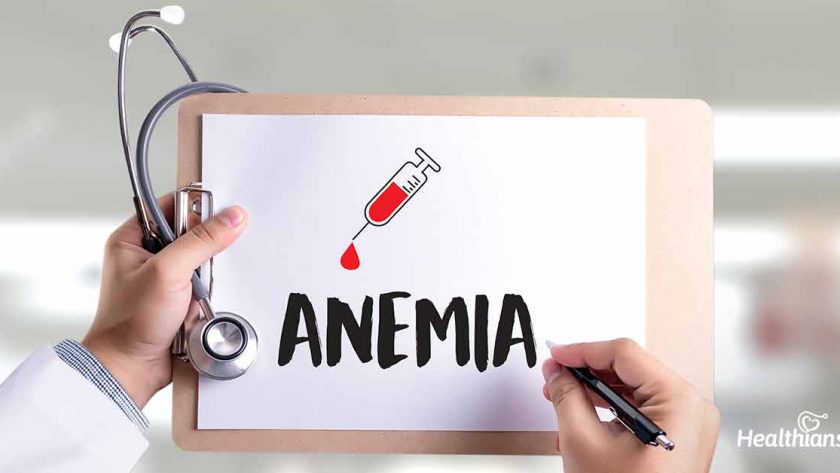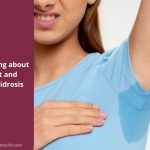[ad_1]
Contributed by: Rachana Arya
Introduction
Most people think that anemia is a nutritional deficiency impacting only low-income women and girls who lack access to iron-rich foods. Think again!
Anemia afflicts every second woman in India! Not only that, this is the highest number in the world and includes young, educated, urban women between the ages of 15 to 49 years!
Anemia literally means ‘lack of blood’ and is a disorder that occurs when there are problems with the production of hemoglobin (the healthy red blood cells responsible for transferring oxygen) in the body. Red blood cells play an extremely significant role in our body. Their main job is that they allow the cells to carry oxygen to all parts of your body and bring back carbon dioxide to your lungs to be exhaled. When you have low red blood cells or hemoglobin levels, then this leads to reduced oxygen flow to the organs, thus causing tiredness, dizziness, and a significantly negative impact on women’s productivity.
While this is widely known, like a lot of common conditions, anemia and iron deficiency are wrapped in a lot of misconceptions and folklore. It’s about time we arm ourselves with medically verified truths to counter the myths and protect our health!
Myth #1: Being anemic and having iron deficiency is the same thing
Fact:
It is a common myth that if you have iron deficiency, you are anemic and vice versa. While it is true that anemia can be caused by iron deficiency, this, however, doesn’t mean that iron deficiency and anemia can always be linked. While anemia is caused by a lack of hemoglobin, iron deficiency is caused by a lack of Iron. Although iron deficiency is the most common cause of anemia, there are other causes of anemia, such as blood loss, lack of red blood cell production, and high rates of red blood cell destruction.
Myth #2: If you are a vegan or follow a vegetarian diet, you have an increased risk of iron deficiency and anemia
Fact:
It is believed that those on vegetarian and vegan diets have a higher risk of anemia. While red meat is a common source of iron, dark leafy veggies are also excellent sources of iron and nutrients. You’re probably not in any danger of anemia if you consume a healthy range of beans, greens, fruits, and vegetables. And if you’ve been diagnosed with anemia, don’t only blame it on your vegan diet; seek physical factors as well.
Myth #3: You need read meat to beat iron deficiency and anemia
Fact:
The idea that anyone that doesn’t eat red meat is always prone to anemia is a fallacy. No one needs to consume meat to avoid iron deficiency and anemia. According to research, vegans ingest more iron than meat-eaters or vegetarians. Iron deficiency is no more common among vegetarians than among their meat-eating counterparts, according to the American Dietetic Association. Despite this, the legend persists. To achieve your iron requirements, you must eat more vegetables than meat and be more conscious of food pairings.
Myth #4: Children are more prone to anemia
Fact:
While iron deficiency is most common among infants and young children, it is not limited to this age group. It affects people of all ages but is especially widespread in the most vulnerable: nearly 58 percent of pregnant women, 50 percent of non-pregnant non-lactating women, 56 percent of adolescent girls, 30 percent of adolescent boys, and around 80 percent of children under the age of two.
Myth #5: Anemia is mostly a sign of dietary deficiency
Fact:
While malnutrition among children is the most common cause of anemia, many types of anemia are not caused by nutritional deficiency. Anemia such as Fanconi anemia (FA), is a rare inherited blood disorder, that can lead to bone marrow failure. Likewise, sickle cell and thalassemia are in no way linked to diet and consumption of iron. In adults, anemia is often caused by inflammation, cancer fibroids, kidney disease, infection, or bleeding gastritis.
Myth #6: You can’t breastfeed your baby if you have anemia
Fact:
Even if you have iron deficiency or anemia, you can safely breastfeed. It is important that you monitor your diet and undertake necessary modifications to ensure that you are receiving a sufficient number of nutrients from your food. Consult your doctor or nutritionist about your diet and take an iron supplement.
Myth #7: You can’t exercise if you have anemia
Fact:
Quite the opposite! There is absolutely no reason why anemic children or adults should not participate in sports. While physical exercise may be challenging due to a lack of oxygen produced by a lack of red blood cells, there is no danger in physical activity. It’s crucial to take things carefully and listen to your body.
Myth #8: Untreated anemia can cause leukemia
Fact:
Sorry, but unfortunately, science disagrees. Although both diseases affect the blood, anemia does not lead to leukemia. Anemia, on the other hand, can be a symptom of leukemia; when leukemia cells multiply, there is less room for healthy red blood cells, and anemia can result when your red blood cell count falls below normal.
Wrapping it up
Remember, the causes of anemia can be segregated as nutritional and non-nutritional, underscoring the under-nutrition and poor dietary intake of iron as the major causative factor. If you’re unsure, make sure that you seek consultation with your doctor and order blood tests that not only confirm the diagnosis of anemia but also help point to the underlying condition.
Book The Full Body Checkup With Iron Studies Today!
This post has already been read 19 times!
[ad_2]
Source link




